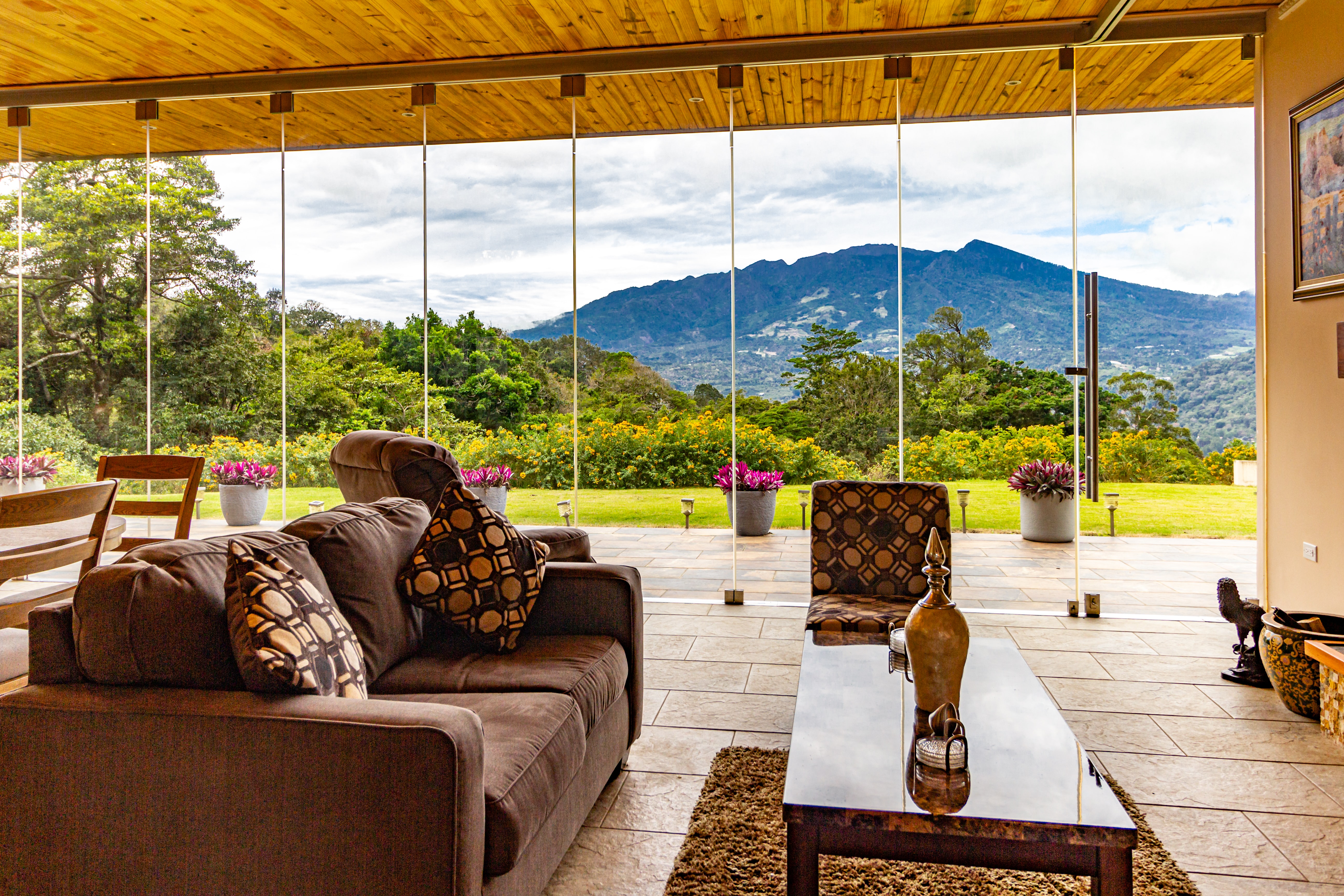Everything You Need to Know Before Upscaling
Who hasn’t considered remodeling their place even once?
In fact, more often than not, you will go through with it. From arranging expenses and redesigning your home layout to, finally, finding a contractor.
Plan to alter your home a little more to suit your personality? Put in more kid-friendly (or more accurately, kid-proof) fixtures? Switch to eco-friendly and energy-saving alternatives?
Whatever your taste is, there are some things everyone needs to know before upgrading your style and furniture.
In this post, we bring you helpful tips on home remodeling!
There are necessary things to think about while planning your home improvement project, and we’re here to help.
Preparing the timeline and budget for your home upscaling? Figuring out which upgrades get you the best bang for your buck? Recognizing typical mistakes in furniture arrangement and how to avoid them? We’ve got you covered!
We’ll bring you a helpful guide to planning your home layout and retaining the motif in every room like adding flowers.
Upgrade your home and make it your own with pointers from the pros on interior decoration!
Things to Consider Before Remodeling Your Home
Take it from the experts.
It’s easy to get excited about those cool images on the internet about a unique aesthetic in the kitchen.
Whether it’s one of those catalogs you saw or an image from your favorite DIY blogger’s remodeling project – we understand. But there are a few things you need to consider first.
Otherwise, you’ll find yourself wasting a ton of time and spend more than you want to
Whatever you choose to do with your house, take a step back before prepping anything and read ahead.
When you plan to upgrade your furniture or redesign your place like having flowers on the center table, here is a list of things you have to consider!
Do. Your. Homework.
Yes, this might seem like an obvious pointer.
But many people underestimate the knowledge and equipment they’ll need to do an upgrade. So be sure to do your homework.
More importantly, make sure to designate your money and time properly. NEVER assume that you won’t go over your estimate or your home project might suffer.
In addition, be sure to find a copy of the building codes and regulations in your local area.
Odds are that the city leaders will send somebody to examine your property. They’ll want to see if you’re abiding by their rules and codes for your plans before you even find a contractor.
It’s just good sense to do your research and avoid any issues like these in the future.
Budget
There are tons of ways upgrading can require more money and time than the initial estimate. And no one wants to wind up with a half-finished build!
Experts say it’s typically a good idea to set aside an extra 20% to pay for any unexpected expenses along the road.
Other than that, it would also be great to determine what things are worth spending on. This is particularly true if you’re working with a tight budget.
WORTH IT!:
any upgrade in the kitchen, investing in bespoke hand made furniture is always worth it.
bigger & deeper basement for more storage and possibly another room
designs that allow more and better natural lighting
larger garage more and better storage options (e.g. closets under the stairs).
and of course, energy-saving fixtures.
SKIP IT!:
for actual wooden floors, go for linoleum with wood patterns instead.
with light fixtures, stick with the conventional build and just upgrade later.
larger bedrooms don’t bring anything of value.
marble countertops are easily breakable, so go for quartz instead.
and crown molding, because they’re only for aesthetic appeal.
Time Frame
Think about what portion of your home you’re getting remade and how it would affect your family. Specifically, if it would prevent you from having a bathroom, kitchen, or bedroom.
In that case, you should find a place for you to stay in while your house is being renovated.
Try to make sure that you plan for any reconstruction jobs over the summer. That way, you won’t have to put off tasks or prolong construction jobs because of rain or snow.
Finally, do NOT start your renovation job without having all the materials already.
Otherwise, you’ll end up with higher expenses and run into a ton of hassle later on.
To DIY or Not to DIY?
Obviously, doing your remodeling project yourself will save you a LOAD of cash.
But if you don’t have the correct tools and equipment or don’t understand how to do it, you might as well hire a trusted contractor.
This way, the project is done properly, by a specialist. Plus, it won’t bring any safety hazards that lack of experience might.
Overall Motif and Style.
Above all, you need to make sure you maintain the motif.
Keep a consistent vibe in every area in your home – in the kitchen, living room, dining room, foyer, patio, backyard, bathroom, flower corner or your bedrooms.
Have somebody look over your home if you can. It would be much better and handier to consult with a professional.
Get an expert viewpoint on the present layout of your place and the specifics of what you would like to redo. This will provide you a clearer idea of your project before you start to do anything for an upgrading project.
Common Mistakes in Furniture Arranging.
Looking into an empty room is already overwhelming for anybody. It’s even worse if interior decorating doesn’t come naturally to you.
And when you have an already furnished room or house? People usually end up at a loss on how to set their brand new furniture.
Don’t worry, we’ll help you get started!
When you learn what not to do, it can help you better picture how to set up your room. Plus, you’ll be able to avoid these deadly mistakes in interior design or with flower design.
Here is a list of things that people do when revamping and rearranging their rooms. More importantly, we show you how to avoid them.
Space for Household Members & Guests. Think about the amount of space that you will need to move around your house and interact with.
No one should have to shout just to talk about their day to someone who’s in the kitchen. Nor should anyone need to stretch their neck to see people they’re entertaining in the living room.
Furniture against the Wall.
Contrary to popular belief, this makes the room look cramped and even smaller than you want it to be.
It’s counterintuitive to do so.
Why? Placing furniture against the wall makes it look like there actually is no space to work with, to begin with.
Aesthetic and Realistic
Think of traffic flow and how people will get around.
Be sure the furniture lets you get around various rooms with little to no hassle. Make sure that your furniture doesn’t shut out any windows and you get plenty of natural light in your house with a matching flower vase on the corner.
You’ll also want to make sure that you keep a balanced layout in each of your rooms and arrange your furniture with flowers.
That way, you don’t pile all your stuff to just one side or put too much space in between.
In a nutshell, pick furniture and décor that fits your daily routine. You can live more comfortably while staying in style!
Photo by fran hogan







